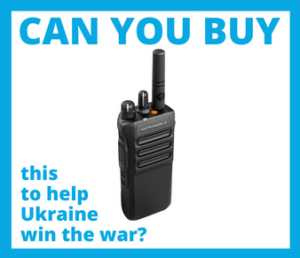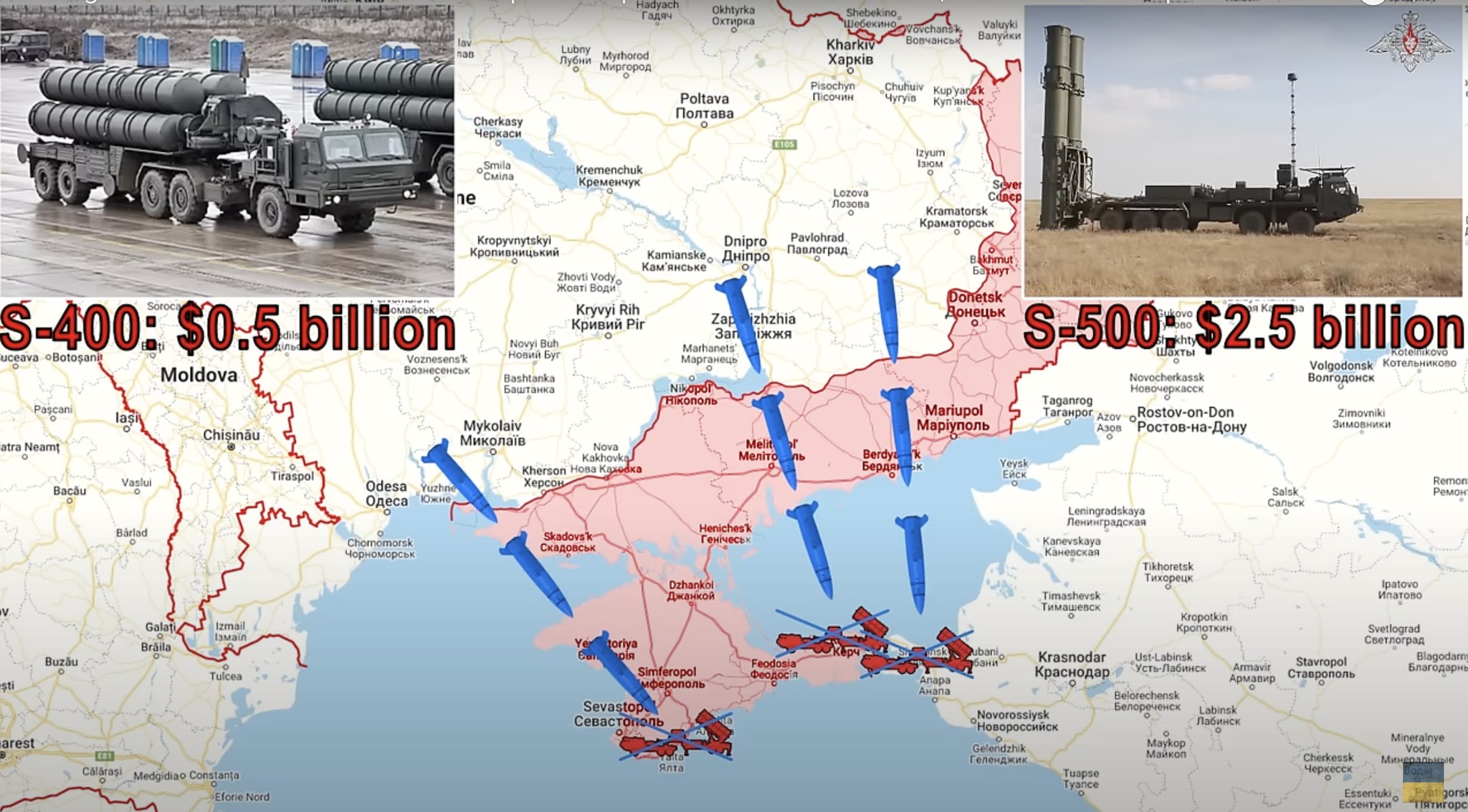Recently, there have been a lot of updates from the Russian-controlled territories.
Here, Ukrainians launched a three-day-long combined effort to strike Russian military facilities in the Luhansk region, Crimea, and the Russian Federation.
Ukrainians attack Russian plant that repairs tanks and military equipment
On 4 August, two days ago, Ukrainians launched a huge missile attack on Luhansk, targeting a machine-building plant that Russians had repurposed to store and repair tanks and military equipment.
Ukrainians used eight ground-launched ATACMS missiles and four air-launched Storm Shadow cruise missiles for the attack.
The head of the Russian LNR stated that Russian air defense had shot down 4 of these missiles but that the remaining eight had effectively hit their target. The strikes hit warehouses and fuel depots on the facilities’ grounds, causing large smoke clouds to appear over Luhansk city.
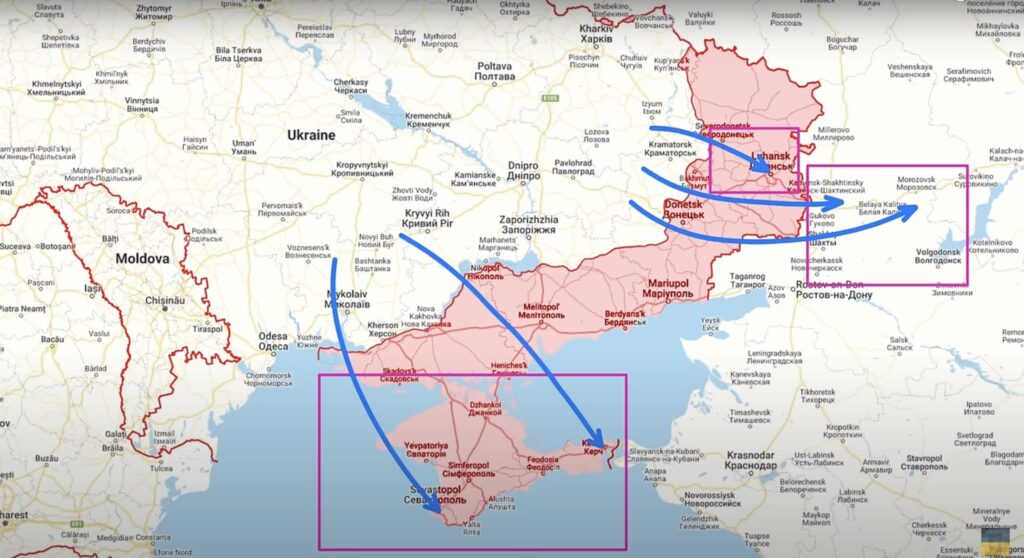
Ukrainians destroy Russian fighter bomber
One day prior, Ukrainians also performed a successful large drone attack on military targets in the Rostov region. Ukrainians effectively struck fuel depots on their way to their primary target, as local inhabitants posted videos of several petroleum tanks going up in flames, as Russian officials noted that 15 Ukrainian drones had hit their targets.
The primary Ukrainian target, however, was the Morozovsk airfield, as NASA FIRMS satellite data shows the entire base was engulfed in flames.
After the dust had settled, the Ukrainian Ministry of Defense shared satellite images of the strike’s aftermath, showing the airfield had suffered extensive damage. The most impressive photos were that of the warehouse where glide bombs and air-to-air missiles were stored, showing the entire facility was leveled to the ground.
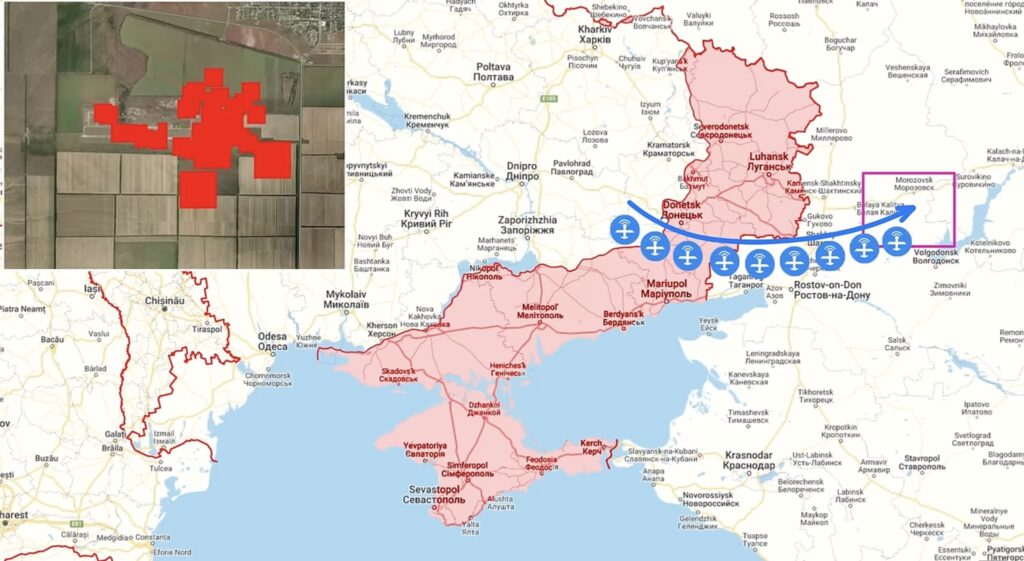
The footage also shows that one Russian SU-34 fighter bomber was destroyed completely, and two more were damaged by shrapnel and debris.
Ukrainians also hit four technical and operational buildings and two repair hangars, which were all damaged by the explosions.
Ukrainians destroy Russian ballistic missile systems
On the first day of the operation, one day before the airfield strike, Ukrainians launched a series of attacks on high-value targets in Crimea with HIMARS ATACMS, Storm Shadow, and a large number of drones.
Russian military analysts noted that for months now, Ukrainians have been using new flight paths for their attacks, flying over the black sea to circumvent Russian electronic warfare systems and attack their targets from behind.
Satellite footage of one of the targets shows that Ukrainians struck a Russian S-400 air defense base, destroying at least one S-400 missile system and damaging another, while the fate of two others remains unknown.
Next, Ukrainians destroyed another S-400 and one S-500 anti-ballistic missile system with HIMARS ATACMS missiles near the Kerch bridge. The total cost of these lost air defense systems is over three and a half billion dollars, not counting the possible repair cost for one damaged and two missing systems.
Ukrainians strike Russian submarine for second time
Interestingly enough, Ukrainians reportedly also struck the Russian Rostov-on-Don submarine again, and this time possibly for good. As you may remember, Ukrainians hit the same submarine almost a year prior, after which many naval experts stated the vessel was damaged beyond repair.
Nevertheless, Russians seem to have invested much time and money into repairing it, as the submarine reportedly conducted trials in the Sevastopol harbor.
While satellite images remain inconclusive, the Ukrainian defense ministry claimed the successful strike on the dry-dock sank the submarine, this time for good. If further images show these claims to be accurate, it would be another devastating blow and an embarrassing loss for the Russian black sea fleet.
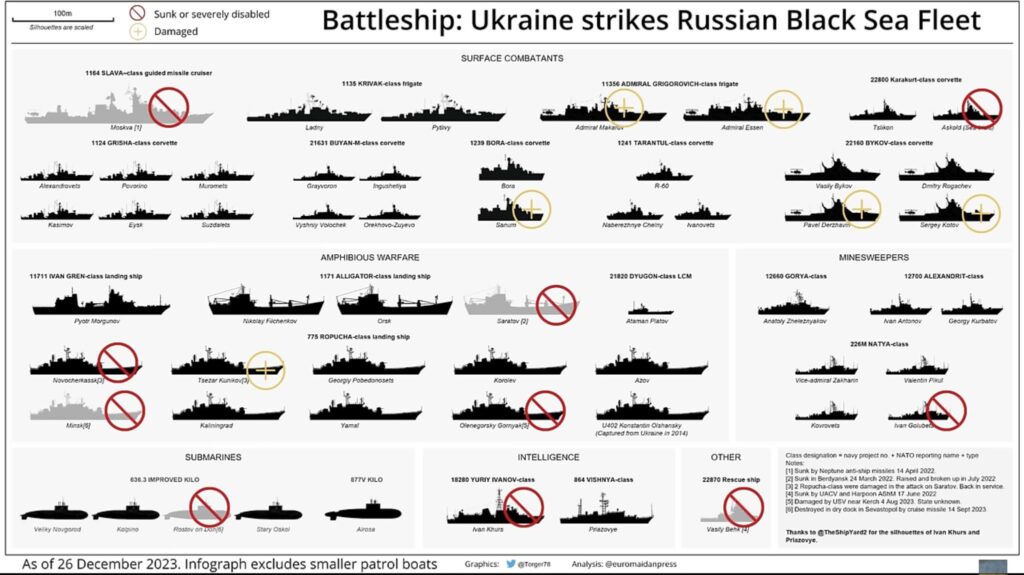
In general, Ukrainian strikes on Crimea focus on Russian air defense systems near vulnerable critical infrastructure, forcing Russians to redeploy more of these systems away from the front line.
This, in turn, puts Russian high command in a nasty dilemma. They have to weaken either their air defense network around military facilities in the north and east or risk Ukrainians successfully striking high-value targets in Crimea, like the Kerch Bridge or the Sevastopol harbor.
These attacks undermine Russian military capabilities
These Ukrainian strikes had three mutually supportive yet distinct objectives in order to ease the situation for Ukrainians and simultaneously undermine the Russian position.
First, the attack on the airfield in Rostov and the machine-building plant in Luhansk undermines the ongoing Russian offensive operations on the front line.
Russian fighter bombers launching glide bombs form a significant problem for Ukrainian defenders. The destruction of both the bombs and the planes carrying them will inevitably ease the pressure on Ukrainian soldiers and logistics on the ground.
The destruction of repair facilities in turn magnifies the increase in Russian shortage of modern or effective armored vehicles.
The second is that with the recent arrival of f-16s in Ukraine, it became increasingly critical for Ukrainians to undermine Russian anti-aircraft capabilities.
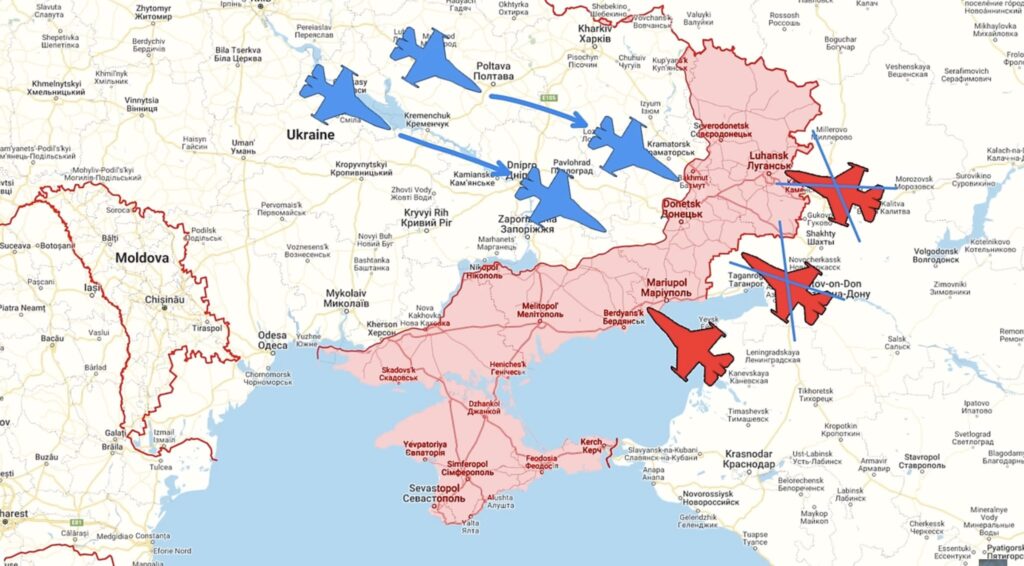
Ukrainian attacks also cost Russia billions in damages
The easiest way for Ukrainians to accomplish this is by targeting critical infrastructure and high-value targets in Crimea, as traveling over the Black Sea circumvents and complicates Russian jamming and detection, making them a more accessible target.
By doing this, Ukrainians forced the Russian high command to relocate more air defense systems away from the front to defend the airspace above Crimea against further Ukrainian strikes.
A weakened Russian air defense network along the front will allow Ukrainian fighter planes to operate closer to the front line and counter Russian air operations.
Finally, continued strikes on fuel depots will help to achieve both these goals, undermining Russian ground and air operations in combination with the continued destruction of Russian economic capabilities.
Primarily seen as these strikes have cost the Russians between $3.5 and 4 billion in damaged or destroyed military equipment.
Overall, the recent Ukrainian strikes displayed the continued and multifaceted approach to weakening Russian military capabilities.
By targeting critical Russian military objects such as repair facilities, fields, and fuel depots, Ukrainians indirectly disrupt ongoing Russian military operations, easing the pressure on Ukrainian soldiers on the front line.
By targeting Russian air defense systems and forcing them to relocate to Crimea, Ukrainians directly set the stage for future counter-operations in the air.
In our regular frontline report, we pair up with the military blogger Reporting from Ukraine to keep you informed about what is happening on the battlefield in the Russo-Ukrainian war.



